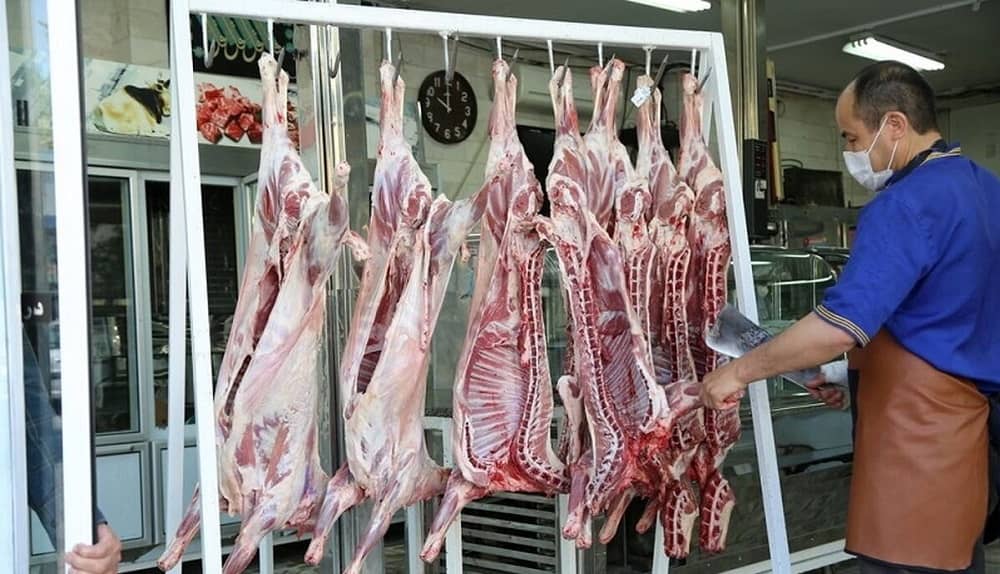
A palpable change is unfolding in Iran: meat, once an integral part of the Iranian diet, is becoming an elusive commodity. The prohibitive costs have pushed meat from everyday meals to the fringes of occasional indulgence for numerous families.
The nation’s staggering inflation rate, manifesting conspicuously in the realms of housing, gold, foreign currency, and cars – the purview of Iran’s elite – is no secret. But now, this inflation menace has traversed from opulent items to the very essentials of Iranian cuisine.
The surging prices of fundamental food commodities have, in recent years, left an indelible mark on Iranian households. Notably, red meat’s soaring price positions it as a luxury, pushing it out of reach for a vast segment of the populace.Remarkably, this hike unfolds in the absence of war or famine in Iran. The statistics are telling: the past five years have seen a 300% leap in meat prices, with a staggering 140% jump just this past year, according to Iran’s Statistical Center.
Mutton, a favored meat, exemplifies this trend with a price growth of nearly 150% from August 2022 to August 2023, which equates to a 2.5-fold spike. Similarly, veal, beef, and canned fish prices have surged by 128%, 108%, and 108% respectively during the same timeline.Internationally, the magnitude of Iran’s food price inflation has not gone unnoticed. World Bank data reveals that Iran ranks among the highest globally in this respect. Their report cites an 80% price surge in food items during the recent spring and summer.
Watch and judge how the regime's systemic #hypocrisy is costing #Iranians their bread and butter pic.twitter.com/jmX0zX1vO4
— NCRI-FAC (@iran_policy) May 15, 2023
Highlighting the gravity of this situation, the Food and Agriculture Organization (FAO), a UN affiliate, stated in June that Iranian households were visibly cutting back on meat and dairy consumption.
Corroborating this, Mansour Puryan, the head of Iran’s Livestock Procurement Council, disclosed a 50% plunge in the nation’s meat consumption within a single year. This trend isn’t new: between 2011 and 2019, per capita meat consumption had already dipped from 13 kilograms to 8.
But 2023 painted an even bleaker picture. Masoud Rasouli of the Meat and Protein Packaging Industry Association revealed that meat consumption had further plummeted to a mere 3 kilograms per capita, amounting to a scant 8.2 grams daily per citizen. With affluent classes securing the lion’s share, many lower-income families are bereft of even this meager quantity.
Drastic Increase in Prices Has Severely Reduced Food Consumption in #Iran
The increase in milk and meat prices has led to a decrease in per capita consumption of these essential needs.https://t.co/1Vsgnn2FDf pic.twitter.com/2AigloNo06— NCRI-FAC (@iran_policy) July 2, 2019
Amidst the burgeoning economic woes, rising food prices are a potential tinderbox for civil unrest. The chasm between the haves and have-nots, especially concerning basic sustenance, is widening, and this disparity, juxtaposed against Iran’s historical and socio-economic backdrop, might just be the precursor to burgeoning civil dissatisfaction and potential demonstrations.

MEK Iran (follow us on Twitter and Facebook), Maryam Rajavi’s on her site, Twitter & Facebook, NCRI (Twitter & Facebook), and People’s Mojahedin Organization of Iran – MEK IRAN – YouTu
